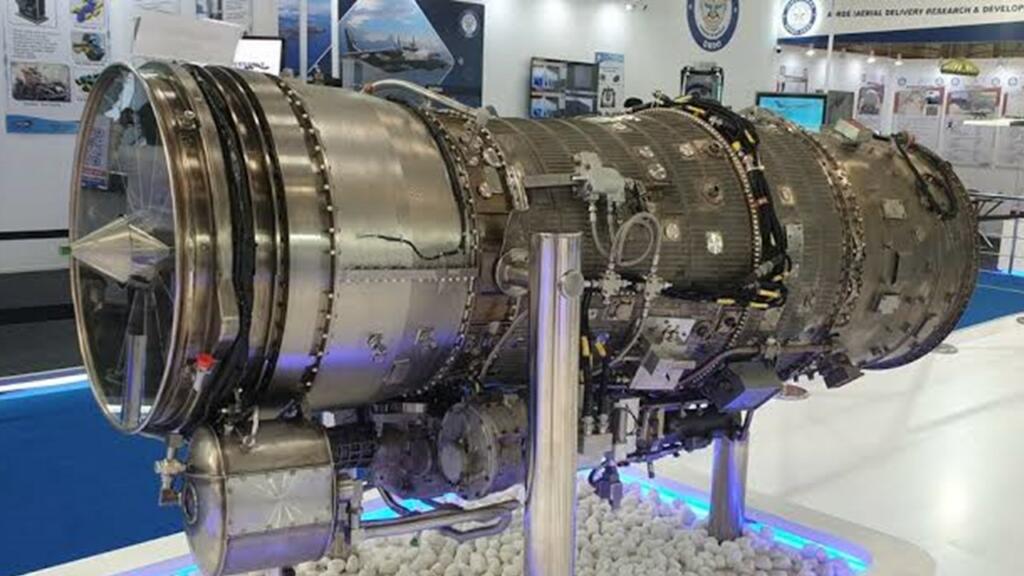Kaveri derivative engine: The DRDO has achieved a breakthrough in the development of Air Force-competent engines. It will mark the beginning of a new era in India’s defence sector.
GTRE achieves a breakthrough
India’s Gas Turbine Research Establishment (GTRE) has achieved a significant milestone in the development of the Kaveri derivative engine. The agency, which is part of the state-owned Defense Research and Development Organization (DRDO), conducted high-altitude chamber tests at the Central Institute of Aviation Motors (CIAM) in Russia. The tests simulated an altitude of 13,000 m (42,651 ft), and the engine performed successfully, marking a significant step towards the development of the Kaveri derivative engine.
The Kaveri derivative engine project was initiated in 2019 and is being conducted in two phases. The first phase involves modifying and testing existing Kaveri engines to meet design requirements. GTRE has converted three Kaveri engines to the derivative version and completed over 140 hours of testing, including 75 hours of altitude testing at CIAM. The success of these tests demonstrates the feasibility of the engine in high-altitude conditions and provides a solid foundation for Phase 2 of the project.
Also read: Jupiter and Venus pair together for Celestial Dance on March 1
To facilitate Phase 2, GTRE has received funding to manufacture five new Kaveri derivative prototype engines. The agency is collaborating with Indian industry to enable the initial production of these engines. The Kaveri derivative engine is a modified non-after burning version of the two-spool low-bypass ratio Kaveri turbofan engine earlier developed by GTRE. It is also known as a “dry engine.”
Kavery overcomes the afterburning limitation
It must be noted here that afterburning increases thrust and thereby increases performance. This is an alternative to using large engines. But its biggest disadvantage lies in its fuel consumption. They are heavy fuel-consuming engines. So, there was a need to replace them with another engine without compromising the power output. The Dry Kaveri Engine has not only proved to be a suitable replacement but has also set a higher benchmark.
Also read: The Enigma of Dark Energy: Exploring the Mysteries of Space
The successful high-altitude chamber tests of the Kaveri derivative engine represent a significant achievement for GTRE and the DRDO. The development of an indigenous engine is a vital step in reducing India’s reliance on foreign engines and enhancing the country’s self-sufficiency in the field of defence.
The Kaveri derivative engine project represents a significant investment in the country’s technological capabilities and demonstrates India’s commitment to developing advanced technologies in-house.
Support TFI:
Support us to strengthen the ‘Right’ ideology of cultural nationalism by purchasing the best quality garments from TFI-STORE.COM
